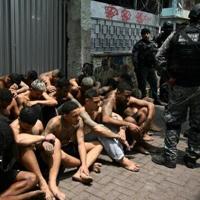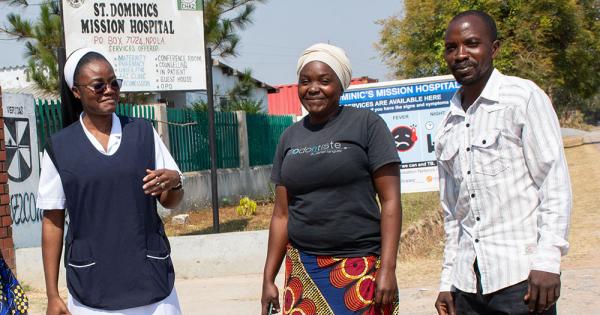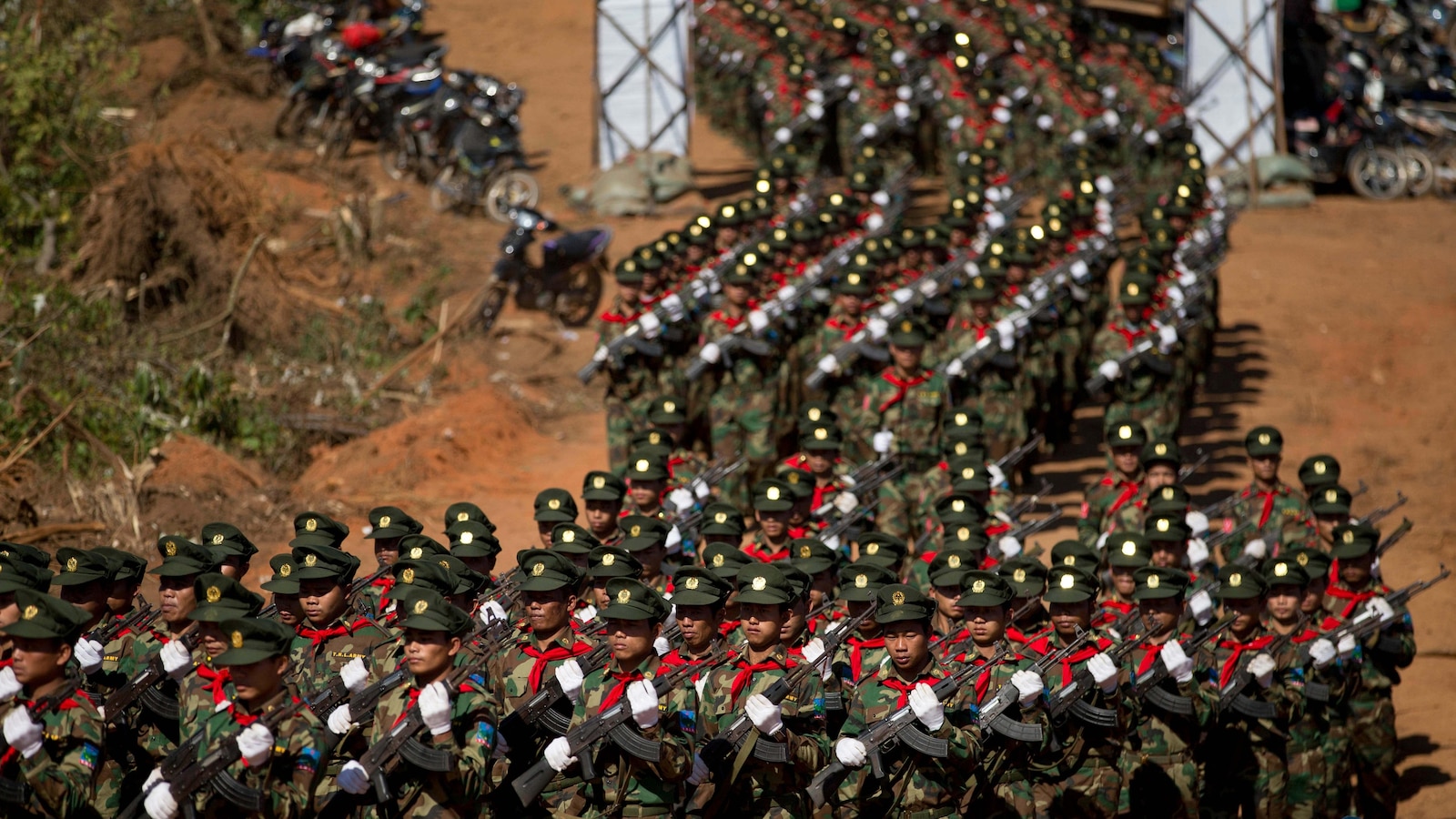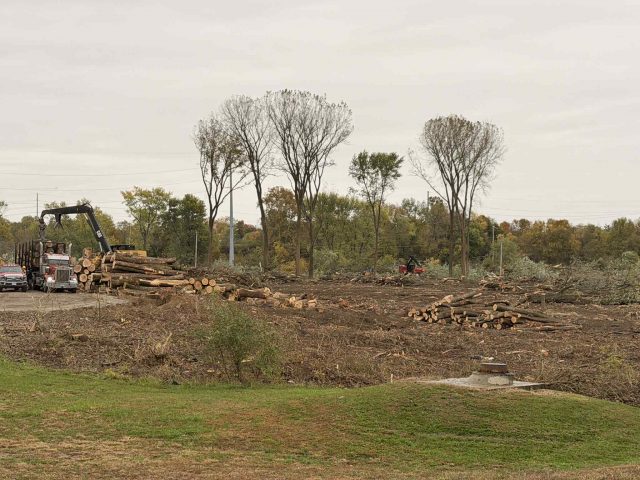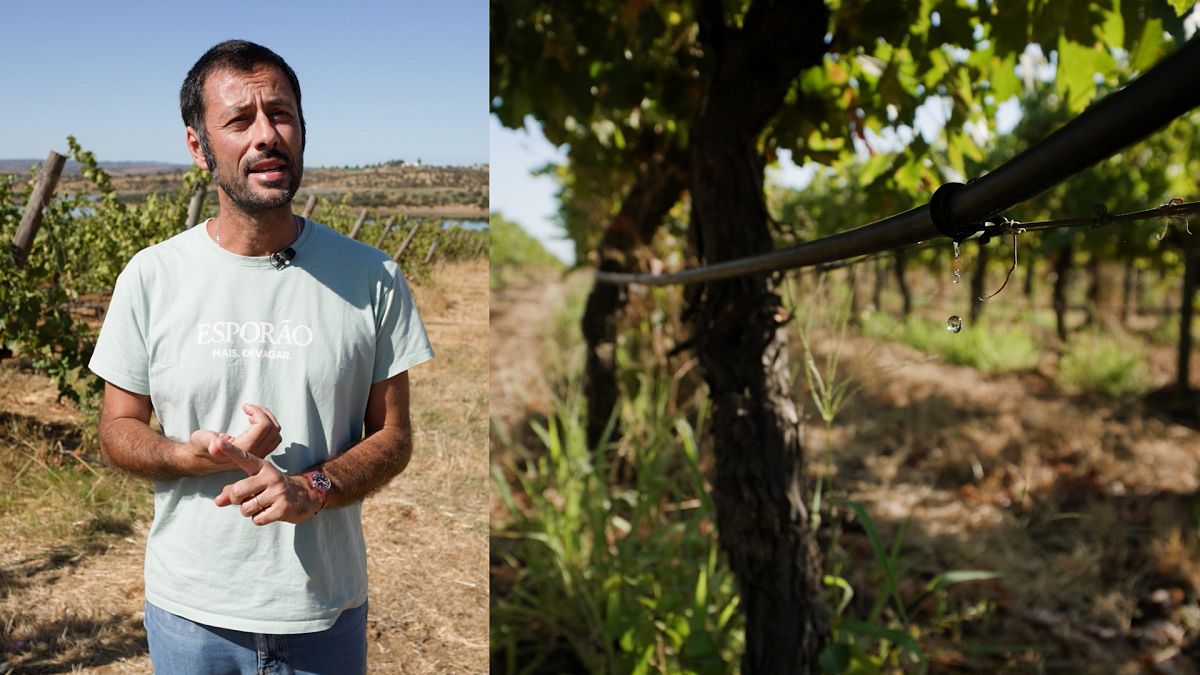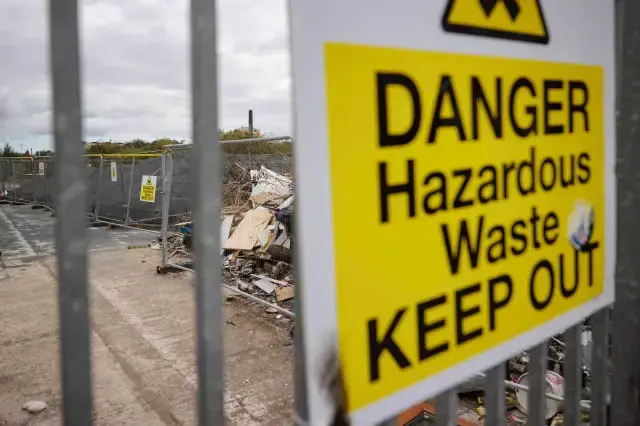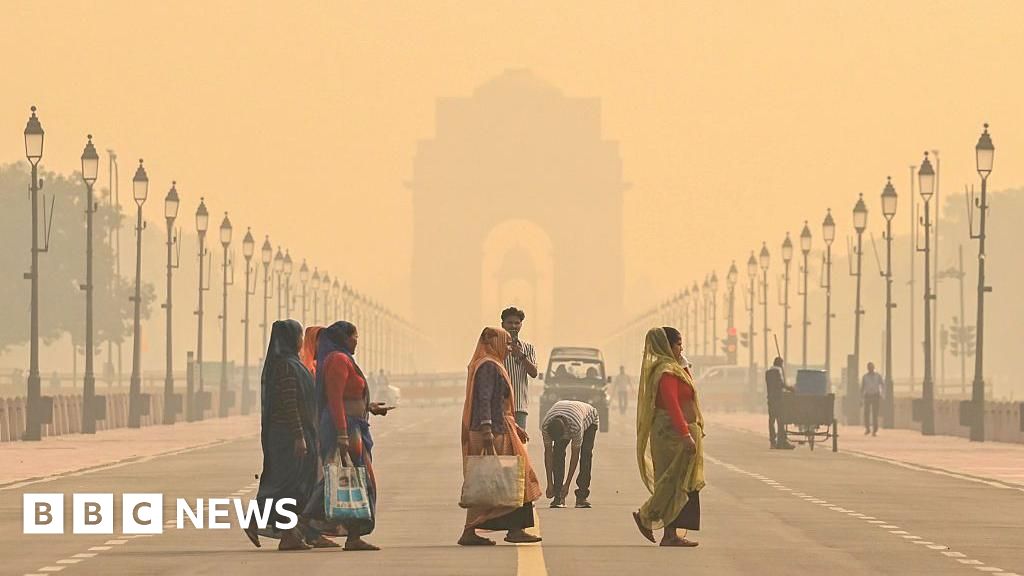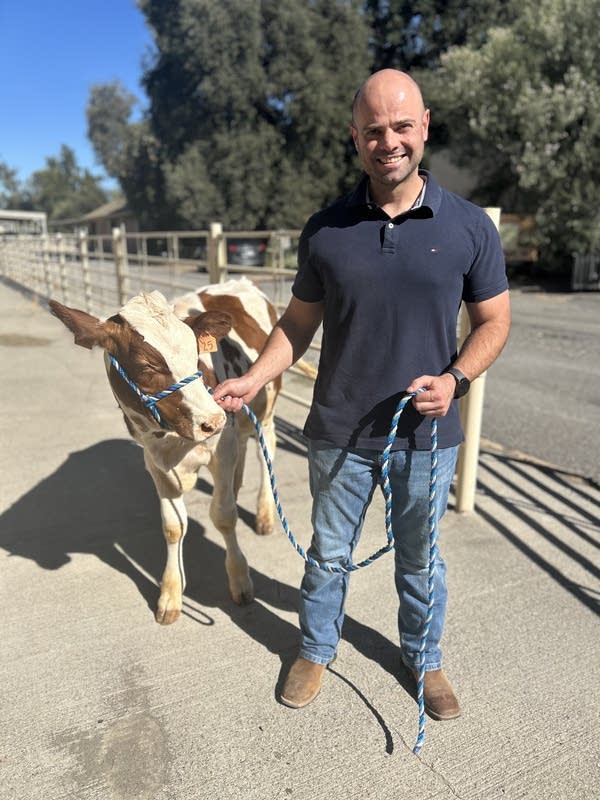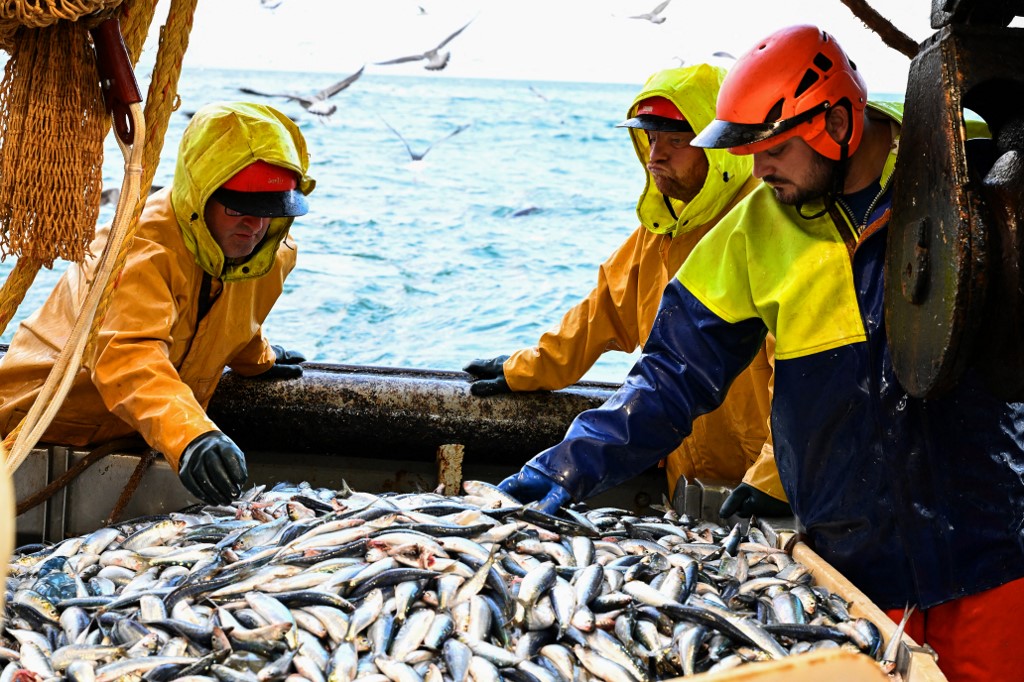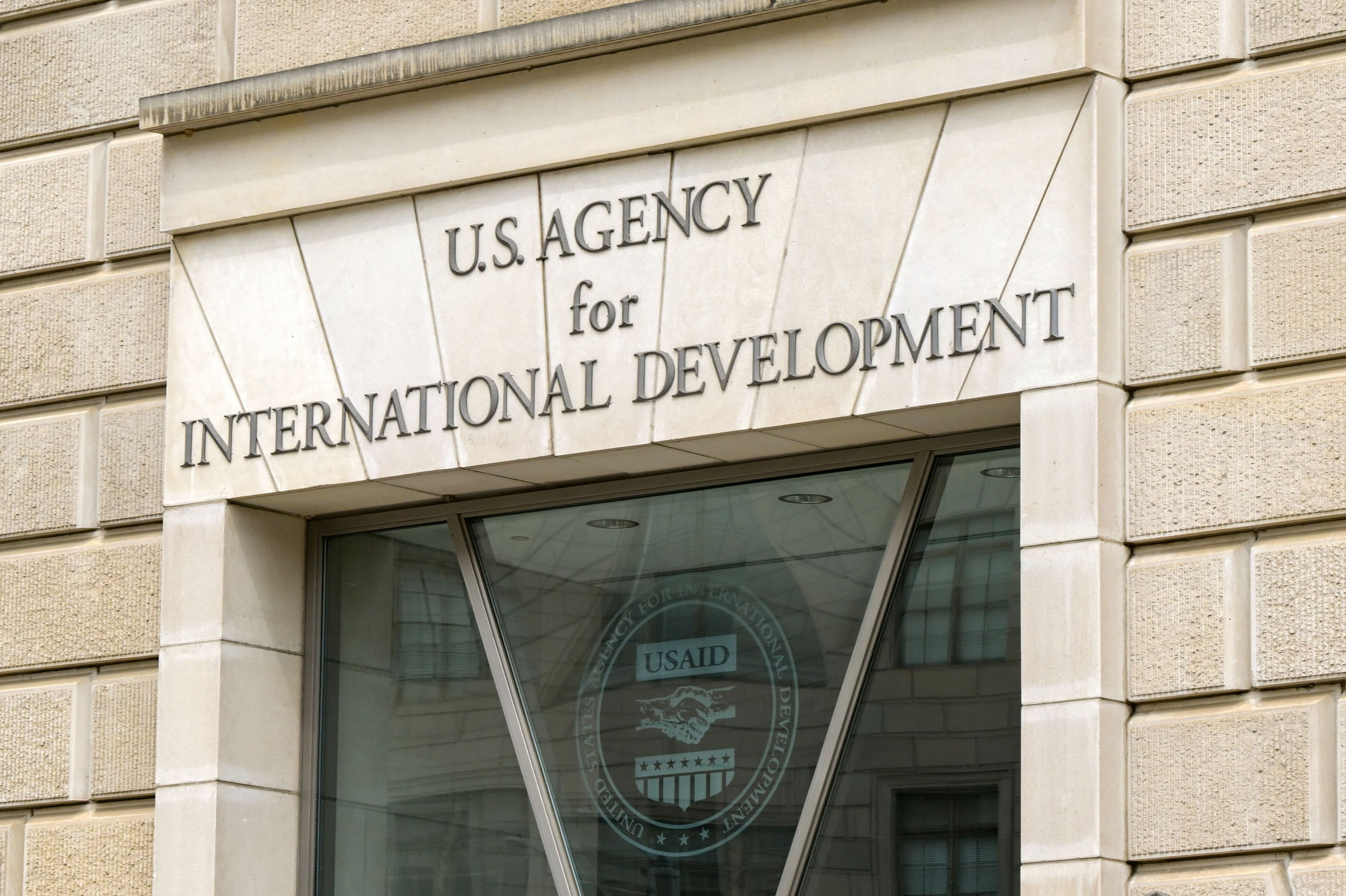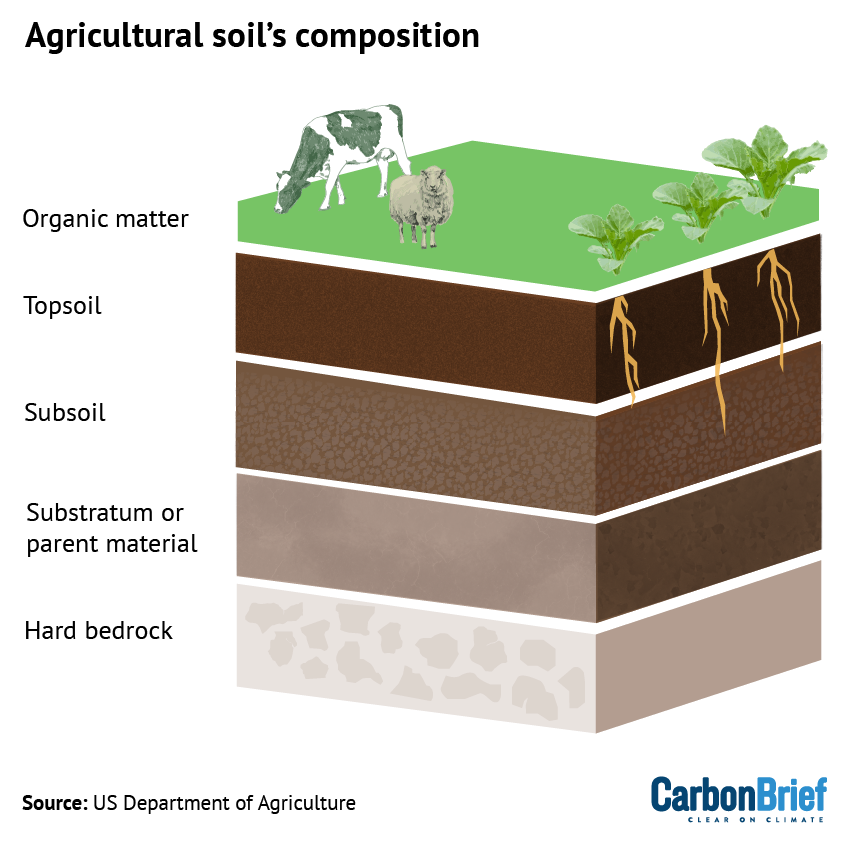Alabama woman allegedly threw 5-year-old to the ground, causing brain injury – AL.com

Incident Report: Aggravated Child Abuse in Dothan, Alabama
Case Summary
- Subject: Selena Cheyanna Smith, 24
- Charge: Aggravated Child Abuse
- Victim: A 5-year-old child
- Jurisdiction: Dothan, Alabama
- Status: The suspect is being held without bond in the Dale County Jail.
Incident Details and Investigation
- At 1:30 a.m. on Wednesday, Dothan police were notified by hospital personnel about a 5-year-old child admitted with suspicious injuries requiring surgery.
- Initial medical reports indicated the child had extensive bruising over most of their body, including significant facial bruising.
- The suspect, identified as the adult responsible for the child, initially reported that the child had fallen and hit a table.
- Healthcare professionals and investigators concluded that the severity and nature of the injuries were inconsistent with the suspect’s explanation.
- Following the launch of a formal investigation, the suspect admitted to causing the injuries.
- The suspect confessed to growing frustrated while attempting to discipline the child, which resulted in her throwing the child to the ground.
Victim’s Condition and Medical Impact
- The child sustained life-threatening blunt force trauma to the head, causing cerebral edema (brain swelling).
- The victim has been transferred to another hospital for specialized treatment.
- The child’s condition is listed as serious but stable.
Analysis in Relation to Sustainable Development Goals (SDGs)
Violation of Child Protection and Well-being Mandates
This case of aggravated child abuse represents a severe violation of fundamental human rights and directly undermines the objectives of the United Nations Sustainable Development Goals (SDGs), particularly those focused on health, justice, and the protection of children.
Alignment with Key SDGs
-
SDG 3: Good Health and Well-being
The incident is a direct contravention of SDG 3, which seeks to ensure healthy lives and promote well-being for all at all ages. The life-threatening injuries inflicted upon the child highlight a critical failure to protect a child’s right to physical and mental health, a core component of Target 3.2 (end preventable deaths of children under 5).
-
SDG 16: Peace, Justice and Strong Institutions
This case is a stark illustration of the challenges addressed by Target 16.2: “End abuse, exploitation, trafficking and all forms of violence against and torture of children.” The response by law enforcement and the judicial system, through investigation and prosecution, demonstrates the essential role of strong institutions in providing justice for victims and holding perpetrators accountable, thereby reinforcing the rule of law.
-
SDG 4: Quality Education
A safe, stable, and nurturing environment is a prerequisite for a child’s development and ability to engage in learning. The physical and psychological trauma resulting from such abuse creates significant barriers to a child’s cognitive development and future access to quality education, undermining the foundational principles of SDG 4.
Analysis of Sustainable Development Goals (SDGs) in the Article
1. Which SDGs are addressed or connected to the issues highlighted in the article?
-
SDG 16: Peace, Justice and Strong Institutions
This goal is central to the article, which focuses on a violent crime against a child. The act of “aggravated child abuse” directly contravenes the aim of promoting peaceful and inclusive societies. The response from law enforcement, including the investigation by Dothan police, the arrest of the suspect, and the formal charge, all relate to the “justice” and “strong institutions” aspects of this goal.
-
SDG 3: Good Health and Well-being
This goal is also directly relevant due to the severe physical harm inflicted on the child. The article details “life-threatening” injuries, including a brain swelling from “blunt trauma,” “bruises over most of his or her body,” and the need for emergency surgery and hospitalization. The child’s health and well-being were critically compromised, necessitating an immediate and intensive healthcare response.
2. What specific targets under those SDGs can be identified based on the article’s content?
-
Target 16.2: End abuse, exploitation, trafficking and all forms of violence against and torture of children.
The article provides a clear and direct example of this target. The incident described is a case of “aggravated child abuse,” where a 24-year-old woman is accused of throwing a 5-year-old child to the ground, causing severe injuries. This is a specific instance of violence against a child, which this target aims to eliminate.
-
Target 3.8: Achieve universal health coverage, including financial risk protection, quality essential health-care services and access to safe, effective, quality and affordable essential medicines and vaccines for all.
The article highlights the provision of “quality essential health-care services.” Upon discovering the “suspicious injuries,” hospital staff immediately took action, preparing the child for surgery. The child received treatment for “life-threatening” injuries and was “transferred to a different hospital for further treatment.” This demonstrates the healthcare system’s role in providing critical care in response to a health crisis, which is a core component of this target.
3. Are there any indicators mentioned or implied in the article that can be used to measure progress towards the identified targets?
-
Indicator 16.2.1: Proportion of children aged 1-17 years who experienced any physical punishment and/or psychological aggression by caregivers in the past month.
The article provides a qualitative case study for this indicator. The perpetrator was the “adult responsible for the child,” and the violence occurred when she “was attempting to discipline the child, grew frustrated, and threw the child to the ground.” This is a direct example of physical punishment by a caregiver escalating to severe abuse, which this indicator is designed to track.
-
Indicator 3.8.1: Coverage of essential health services.
The article implies this indicator by describing the health services provided to the victim. The child received emergency medical attention, was “prepared for surgery,” and was transferred for “further treatment” for life-threatening injuries. The actions of the “hospital staff” and “healthcare workers” demonstrate the availability and coverage of essential health services to address acute trauma and critical health needs.
4. Table of SDGs, Targets, and Indicators
| SDGs | Targets | Indicators |
|---|---|---|
| SDG 16: Peace, Justice and Strong Institutions | Target 16.2: End abuse, exploitation, trafficking and all forms of violence against and torture of children. | Indicator 16.2.1: Proportion of children aged 1-17 years who experienced any physical punishment and/or psychological aggression by caregivers in the past month. |
| SDG 3: Good Health and Well-being | Target 3.8: Achieve universal health coverage, including financial risk protection, quality essential health-care services… | Indicator 3.8.1: Coverage of essential health services. |
Source: al.com

What is Your Reaction?
 Like
0
Like
0
 Dislike
0
Dislike
0
 Love
0
Love
0
 Funny
0
Funny
0
 Angry
0
Angry
0
 Sad
0
Sad
0
 Wow
0
Wow
0



